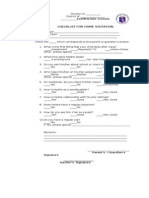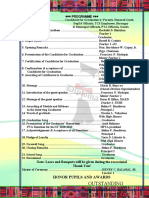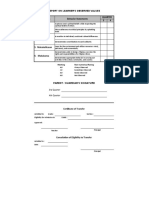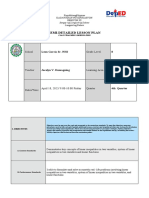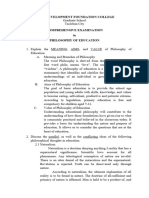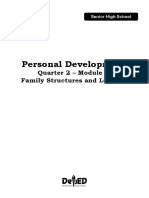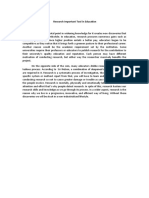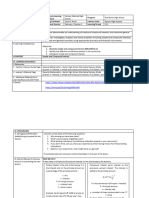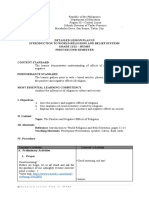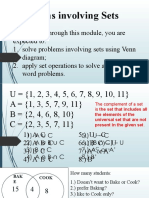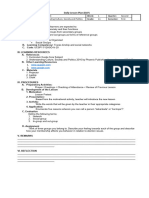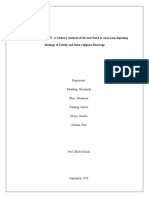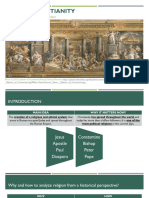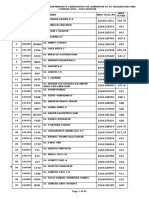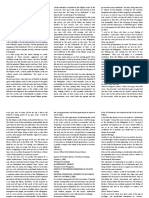SS2-Chapter 6 Social institution
SOCIAL INSTITUTIONS - organized sets of elements such As beliefs, rules, practices, and relationships
that exist to attain social order.
- It also refers to well-established and structured relationships between groups of
people that are considered fundamental components of society’s culture.
- a group of social institution, connected by social relations, performing a social
role, e.g universities, government, families.
2 Different Perspective of social institution
Institutional approach-tells us that social InstitutionS are ordered set of rules norms, beliefs, or values
that organize human behavior
Relational approach-focuses on social relationship rather than rules, beliefs and values.
Family -The smallest social institution with the unique function or producing and rearing the young.
It is the basic unit of Philippine society and the educational system where the child begins
to learn his ABC.
-The basic agent of socialization because it is here where the individual develops values,
behaviors, and ways of life through interaction with members of the family (Vega, 2004).
Kinds of family
Nuclear family-consisting of husband, wife and children.
Extended Family -consist of married couple, their parents, siblings, grandparents, uncles, aunts,
and cousins.
Reconstituted family-is compose of spouses and their children from previous marriage.
Kinship - Which is a social structure define by relations among individuals linked by blood or
marriage ties.
- Kinship ties based on descent can be Matrilineal or patrilineal or bilineal
Marriage -A commonly accepted and encompassing definition of marriage is the following: a formal
union and social and legal contract between two individuals that unites their lives legally,
economically, and emotionally
-Formally recognized union of man and a woman
Types of marriage
Monogamous or polygamous
Monogamy- the custom that allows a person to be legally married to only one spouse at one time.
Polygamy- marriage to more than one spouse at a time.
The most typical forms of polygamy have been polygyny, in which man has more than one wife, or polyandry, in
which a woman has more than one husband
Economy - the wealth and resources of a country or region, especially in terms of the production and consumption
of goods and services
Addresses questions regarding limited resources
ACCDG. TO Liberal economistS- the answer to the questions regarding the resources should be determined by the
market
�(Adam smith) -the market is a self –regulating mechanism
Socialists-believed in Bourgeoisie French term that a sociologically defined social class especially in
contemporary times, referring to people with a certain cultural and financial capita belonging
to the middle or upper middle class.
Bourgeoisie, the social order that is dominated by the so-called middle class.
the two dominant economic systems in the world are
Capitalism, under which resources and means of production are privately owned, and
Socialism, a system under which those resources are owned by the society as a whole.
Karl Marx, capitalism brings workers and employers into conflict. The only way to resolve the conflict
is workers’
Communism- a political theory derived from Karl Marx, advocating class war and leading to a society in
which all property is publicly owned and each person works and is paid according to their
abilities and needs
Economic trends include Globalization, Demand For Educated Professionals, Self-Employment, and Diversity In The
Workplace.
Educational institutions-are defined as entities that provide instructional services to individuals or education-related
services
Health institutions-are primarily established to ensure public health and to provide health care services.
Religion-is belief in a god or gods and the activities that are connected with this belief, such as praying or
worshipping in a building such as a church or temple
Monotheism-refers to religions that believe only one god (Christianity,Judaism,islam)
polytheistic-believe in many gods ( Hinduism)
Secularization -is a cultural transition in which religious values are gradually replaced with
nonreligious values
-It shifts the focus from religion towards "temporal" and material concerns
Theocracies - states with governments that are under the power of religious leader
(Examples of theocracies include Saudi Arabia, Iran, and the Vatican)
- A ruler or group uses the power of god(s) and texts to create laws and guide government
decisions.
Liberation theology - religious movement arising in late 20th-century Roman Catholicism and centered
in Latin America. It sought to apply religious faith by aiding the poor and oppressed
through involvement in political and civic affairs
-proposes to fight poverty by addressing its alleged source, the sin of greed.







